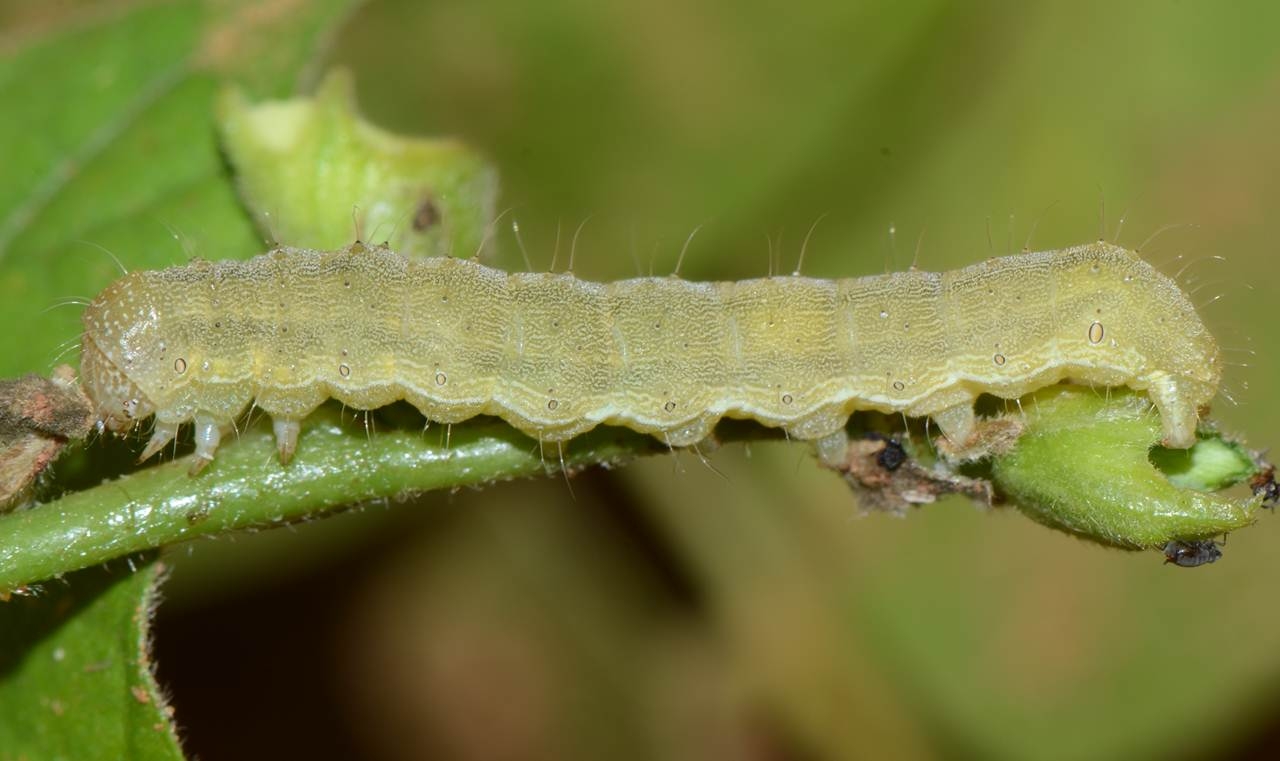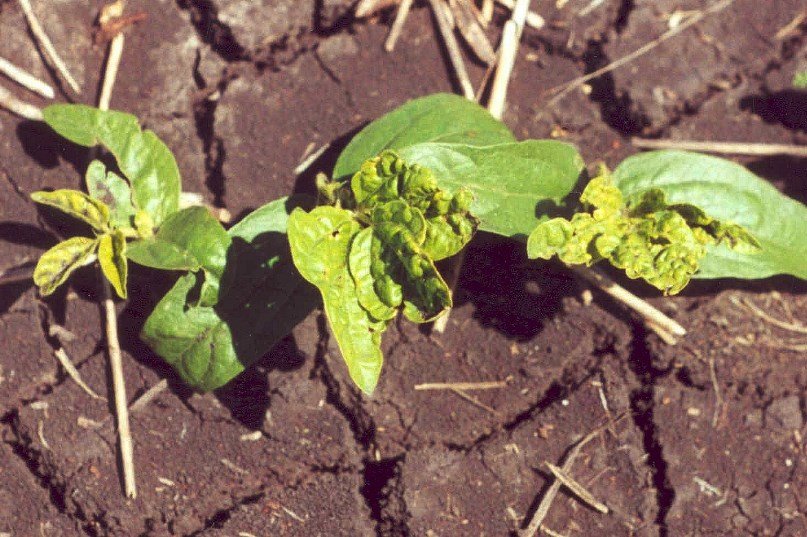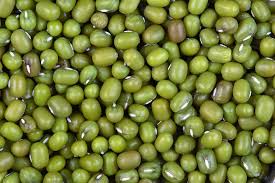Yellow Moisac Virus:- Yellow mosaic virus mainly occurs in soybean, urad, mung and some other crops in kharif season. In the crops such as soybean and urad, there is considerable loss of disease outbreaks. It has a bad effect on the yield, this disease spreads throughout the farm in 4-5 days and the crop starts falling yellow, the main role in spreading disease is white fly.
The main reasons for the disease Sperading : –
- This viral disease spreads through the sucking pest and white fly.
- Seeds not treated properly. Lack of information and drought for a long time also help in spreading the virus.
- Using over dose of pesticides, mixing the chemicals without proper information and spraying them.
- Not adopting proper crop cycle by the farmers is the main reason.
- Not proper sanitation in surrounging field.
- The white fly sits the cell sap on the leaves of the plants and leaving the saliva the same, the disease outbreak increases.
Plant viruses can be difficult to detect as symptoms look similar to many nutrient deficiencies and vary depending on the age of the plant when infection occurs. Look for:
- Yellow, white or green stripes/ streaks/ spots on foliage.
- Wrinkled, curled or small leaves.
- Pronounced yellowing only of veins.
- Stunted growth and reduced yields.
- Infected fruit appears mottled and develops raised “warty” areas
Prevention measures
Mechanical method: –
- In early stages, remove the infected plants from the field and burn them.
- To attract the white fly in the field, apply 5-6 yellow sticker trap per hectare.
Apply the crop of lentils in the form of trap and trap.
- Sown Marigold as a trap crop a round the field.
Biological Methods:-
- In the initial stage spray neem oil @ 1-1.5 liters per acre with 200-250 liters of water.
Chemical Method:-
- 4-5 foliar spray of Dimethoat 30 ml/pump or thaimathoxam 5 gm/pump or Acetamiprid 20% SP 15 gm/pump at 10 days interval.
Like and share with other farmers by clicking on button below
Share





